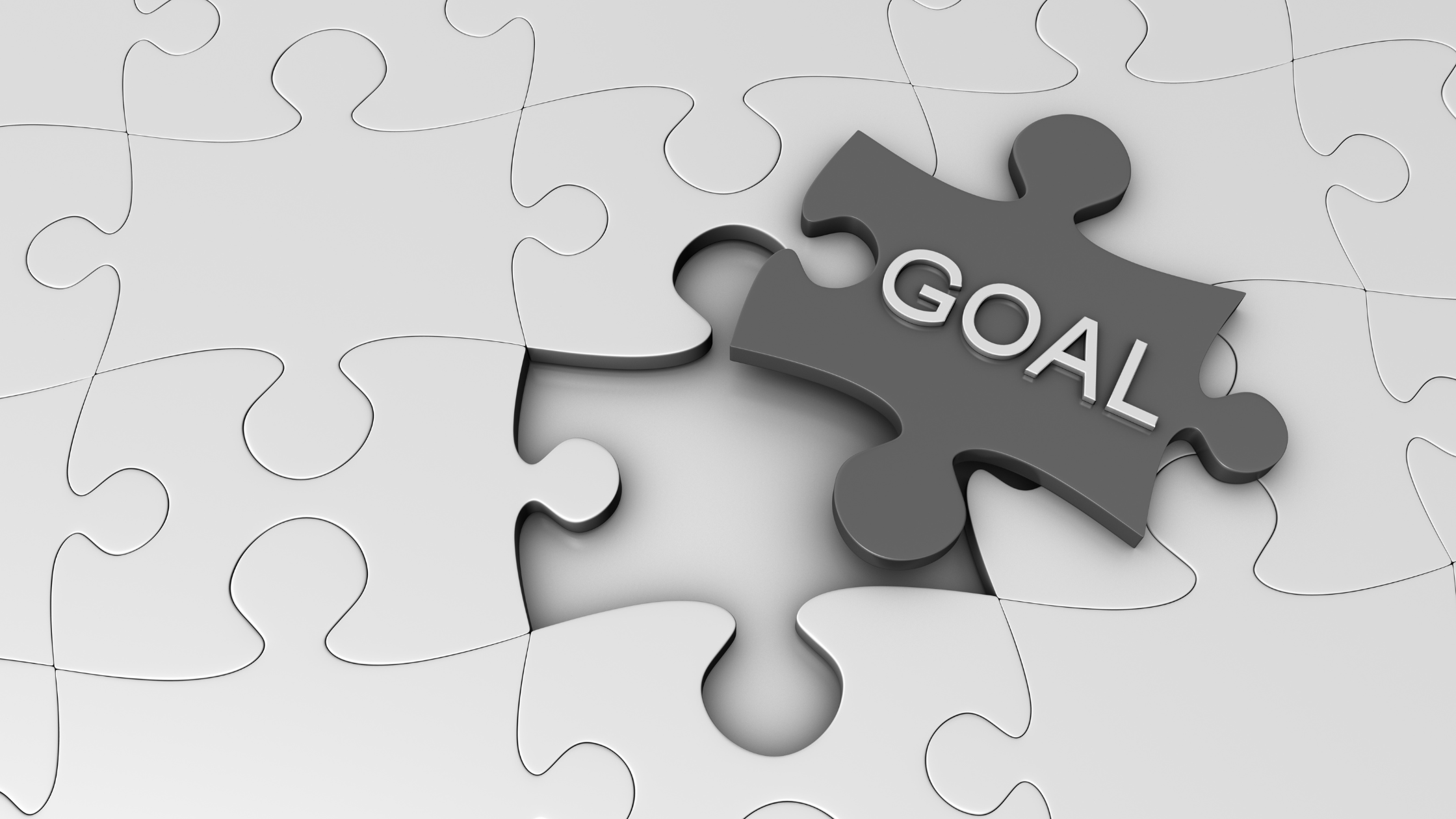
M.D. Medical Director, Psychiatrist
Living with depression can feel overwhelming, but with the right support and a treatment plan tailored to your individual needs, healing is possible. Personalized depression treatment plans often begin with setting clear, meaningful goals alongside your therapist. These goals may look different for everyone, but it’s important that they reflect your values, strengths, and vision for a better life.
In this blog post, we explore different types of depression, available treatment options, what a depression treatment plan involves, and some common goals of depression treatment.
Types of Depression
The core symptoms of depression – like persistent sadness, fatigue, or loss of interest – are common across many experiences, but the way depression shows up in daily life can vary widely. Mental health professionals use what’s known as a ‘specifier’ to describe the unique features of a person’s depression and guide more personalized treatment plans.
Some of the most recognized types of depression include:
- Depression with anxious distress: This includes feelings of intense restlessness, worry, or fear of losing control.
- Depression with mixed features: This combines symptoms of both depression and mania, such as elevated mood, racing thoughts, or bursts of increased energy.
- Melancholic depression: This involves a deep disconnection from joy or pleasure, decreased appetite, sluggishness, and feelings of guilt.
- Atypical depression: In this type of depression, symptoms can lift temporarily in response to positive events. It also involves increased appetite, sensitivity to rejection, and sleeping more than usual.
- Depression with psychotic features: This includes hallucinations or delusional thinking, often with themes of personal inadequacy, fear, or failure.
- Depression with catatonia: This depression comes with unusual motor symptoms, such as lack of movement or repetitive, purposeless actions.
- Peripartum depression: This occurs during pregnancy or in the weeks or months following childbirth.
- Seasonal Affective Disorder (SAD): This type of depression is linked to changes in seasons and reduced exposure to sunlight.
Other disorders that involve depression
Depression can also be a symptom of other mental health or medical conditions. In some cases, the underlying disorder might not be immediately obvious, which is why thorough and accurate diagnosis is so important. When we know the root cause of depressive symptoms, we can create more targeted and effective treatment for long-term healing.
Some conditions where depression is a key feature include:
- Bipolar I and II Disorders: Bipolar disorders involve shifting between depressive episodes and elevated mood states known as mania or hypomania. These shifts can be intense and unpredictable, making it difficult to distinguish between bipolar depression and major depressive disorder.
- Cyclothymic Disorder: This is a milder form of bipolar disorder that includes frequent mood swings combined with periods of low-level depression and hypomania. Its symptoms don’t meet the full criteria for bipolar disorder, but the constant ups and downs can significantly impact daily functioning and emotional well-being.
- Disruptive Mood Dysregulation Disorder (DMDD): This is typically diagnosed in children and adolescents, marked by chronic irritability and frequent, intense temper outbursts. Over time, DMDD may develop into depression or anxiety, so early intervention is key to better emotional regulation and development.
- Persistent Depressive Disorder (Dysthymia): This is a long-term form of depression that involves chronic low mood that lasts for two years or more. Its symptoms are less severe than those of major depression but the ongoing nature of the condition can interfere with relationships, work, and overall quality of life.
- Premenstrual Dysphoric Disorder (PMDD): PMDD causes severe mood symptoms related to the menstrual cycle. Usually, depression, irritability, and anxiety begin in the week before menstruation and improve shortly after it begins.
- Substance or Medication-Induced Depression: Some types of depression are triggered by the use of substances, like alcohol or recreational drugs, or even certain prescribed medications. Depression can also be caused by underlying medical conditions, such as thyroid disorders or chronic pain.
Read More: Persistent Depressive Disorder – Overview, Symptoms and Causes
How to treat depression
Because depression looks and feels different for everyone, treatment is most effective when it’s tailored to an individual’s needs.
For many people, a combination of medication and therapy can significantly reduce symptoms and improve quality of life. For others, alternative therapies may be more effective, especially when traditional treatments haven’t provided enough relief.
Let’s take a look at some of the main depression treatment options available:
Medications
Antidepressant medications work by adjusting brain chemistry to help regulate mood. There are several classes of antidepressants, including:
- Selective Serotonin Reuptake Inhibitors (SSRIs): These are common first-line medications with fewer side effects. Examples include Prozac, Zoloft, Lexapro, and Celexa.
- Serotoning-Norepinephrine Reuptake Inhibitors (SNRIs): These are used to treat both depression and anxiety. Examples include Cymbalta, Effexor XR, and Pristiq.
- Atypical Antidepressants: These don’t fall into standard categories. Examples include Wellbutrin, Remeron, and Trazodone.
- Tricyclic Antidepressants: These are older antidepressants that can be effective but often cause more side effects. They’re usually prescribed when other medications haven’t worked.
- Monoamine Oxidase Inhibitors (MAOIs): These are rarely used today due to dietary restrictions and potential interactions, but they can help in complex or treatment-resistant cases.
Keep Reading: Do Antidepressants Work and How Effective Are They?
Psychotherapy
Psychotherapy, also known as talk therapy, helps individuals explore thoughts, behaviors, and emotions that may be contributing to their depression. It can be used alongside medication or on its own.
Common types of psychotherapy used for depression include:
- Cognitive Behavioral Therapy (CBT): This helps people identify and reframe negative thinking patterns.
- Interpersonal Therapy (IPT): This focuses on improving communication and relationships.
- Mindfulness-Based Therapy: This encourages more awareness and acceptance of different thoughts and feelings.
- Narrative Therapy, Positive Psychology, and Counseling: These frameworks help support self-understanding and build coping skills.
Learn More: How to Find & Choose a Good Psychiatrist for You
Other treatment options
Sometimes, medication and therapy aren’t enough to relieve depressive symptoms. This is known as treatment-resistant depression (TRD). In these cases, other treatment options may be explored, including:
- Transcranial Magnetic Stimulation (TMS): This is a non-invasive treatment that uses magnetic pulses to stimulate mood-regulating regions of the brain. TMS is an outpatient procedure that’s generally well-tolerated with minimal side effects. It is FDA-approved for major depressive disorder. Learn More About TMS.
- Electroconvulsive Therapy (ECT): ECT may be considered for severe major depression, psychotic depression, or when urgent treatment is needed (e.g. high suicide risk). It involves passing electrical currents through the brain while under anesthesia.
- Esketamine (Spravato®): Spravato® is an FDA-approved nasal spray medication that can provide fast, temporary relief from severe depression symptoms. It’s used alongside an oral antidepressant and administered under supervision in a clinical setting. Learn More About Spravato®.
See: TMS vs. ECT: Which is better?
What’s a depression treatment plan?
When you see a mental health professional, they will collaborate with you to create a personalized treatment plan tailored to your unique needs, experiences, and strengths. This structured plan takes into account your:
- Symptom severity
- Past treatment history
- Co-occurring conditions
- Personal goals and preferences
- Support system and available resources.
Your depression treatment plan might include:
- Therapy: Such as CBT, interpersonal therapy, or another evidence-based approach
- Medications: Antidepressants may be recommended to help stabilize mood and relieve symptoms
- Lifestyle goals: This might include improving sleep, building a routine, increasing activity, or reconnecting with socials supports
- Coping strategies: This involves finding new ways to manage stressful life events, regulate emotions, and recognize triggers
- Progress tracking: Regular check-ins might be scheduled to evaluate what’s working and make any necessary adjustments.
Treatment plans often include short-term and long-term goals to help guide your recovery. In the next section, we’ll look at some common depression treatment goals.
Common goals of depression treatment
Because there’s no one-size-fits-all way to treat depression, the goals outlined in your initial treatment plan should be guided by what matters most to you. That said, below are some of the most common goals for depression treatment:
Reducing symptoms
The first goal is often to relieve the intensity of depression symptoms, whether that’s fatigue, hopelessness, sadness, or lack of motivation. This might involve starting medication, going to therapy, or exploring alternative treatments like TMS or Spravato®. Reducing depressive symptoms can provide much-needed emotional stability that allows you to focus on longer-term healing.
Building coping skills
Learning how to manage stress and emotional stressors is an important goal in most forms of therapy. This might involve developing skills like mindfulness, grounding exercises, deep breathing, or thought-stopping techniques to create more space between a challenging situation and the reaction to it.
Identifying and shifting thought patterns
Therapies like cognitive behavioral therapy help you recognize negative thought patterns, like being self-critical or catastrophizing, and replace them with more balanced, realistic beliefs. These new thought patterns pave the way for improved mood, better self-esteem, and more motivation in daily life.
Improving communication and relationships
Depression can make it hard to connect with others, which sometimes leads to strained relationships or feeling isolated. One common goal of depression therapy is to enhance communication skills, such as assertiveness or boundary-setting.
Establishing healthy daily routines
Many people with depression experience disturbed sleep, appetite changes, and low energy levels. Therapy can help you build healthy habits around sleep hygiene, nutrition, physical activity, and daily self-care. Even small routines, like going for a walk, can go a long way.
See: 10 Tips for Finding Motivation When You’re Depressed
Increasing emotional awareness
Understanding emotions and how they affect behavior is an important step in healing depression. One core focus of therapy is helping people name and explore their emotions, identify where those feelings come from, and find ways to respond to them more intentionally.
Preventing relapse
Long-term recovery means learning how to recognize early warning signs and take actions before symptoms return fully. This might include staying connected to therapy, continuing medication, or developing a relapse prevention plan. Having this plan in place can build confidence and support your well-being in the long term.
Components of a depression treatment plan
Even though depression treatment plans are tailored to each person’s specific needs, most of them follow a similar framework built around these key components:
- Identifying the problem
- Setting goals and objectives
- Listing interventions.
These elements help form a clear roadmap towards healing. Let’s take a look at each of these components below.
1. Problem identification
The first step in any treatment plan is to clearly identify the problem. As we mentioned in the beginning of this article, there are different types of depressive disorders with their own pattern of symptoms and needs.
Your mental health specialists will conduct a thorough assessment, often using tools like the PHQ-9 questionnaire, to determine the type and severity of your depression as well as potential triggers or contributing factors.
Take our Depression Self-Assessment and one of our team members will reach out.
2. Goal setting and objectives
Once the core issues have been identified, the next step is to set realistic and meaningful goals. These will serve as the foundation of your treatment plan and reflect what you hope to achieve, whether it’s feeling more emotionally balanced or reconnecting with loved ones.
The goals we outlined in the previous section are just some examples of what’s possible. Your provider will work with you to identify these broad goals and then break them down into smaller, actionable objectives. These objectives are specific and measurable.
For example, if your goal is to feel more connected with your friends, your objectives may be:
- Text or call a friend twice this week
- Attend one social event this month
- Schedule two outings with friends.
These smaller milestones give you actionable steps and provide a way to track your progress.
3. Interventions
Interventions are the tools and approaches used to achieve your treatment goals. They’ll be different for each person depending on your unique symptoms, preferences, and response to care.
Interventions might include medication, psychotherapy, alternative treatments, or even lifestyle interventions like eating a balanced diet, reducing alcohol use, or spending more time in nature.
Learn More: How Diet and Exercise Affect Your Mental Health
4. Progress evaluation
Finally, your treatment plan will grow and evolve as you make progress. Regularly checking in with your provider can help you track what’s working, what needs to be adjusted, and see how far you’ve come since you started.
Achieve your depression goals with BestMind
Reaching your goals for depression recovery won’t happen overnight, but meaningful change is possible with the right support and care. At BestMind, we’re here to guide you on your journey to better mental well-being with a personalized approach that honors your values.
Whether it’s through medication, TMS therapy, Spravato®, or other therapies, our team is here to help you find what works for you. Reach out today to schedule a consultation and take the next step forward.


